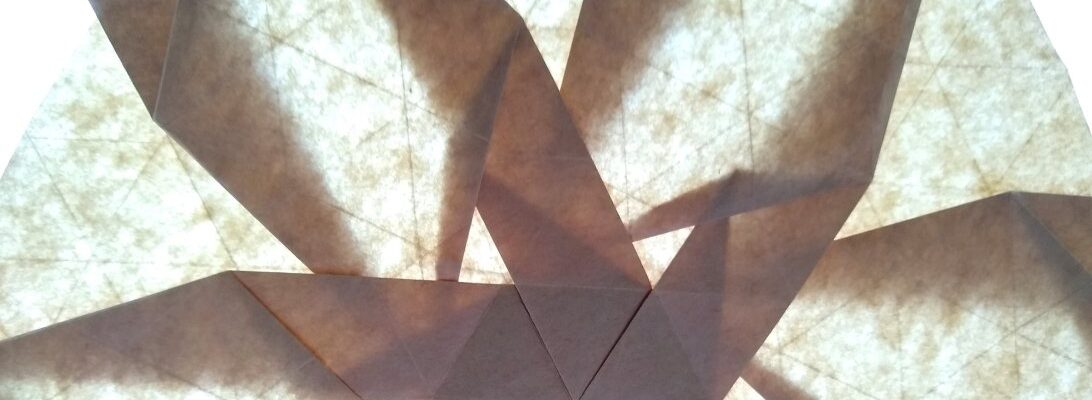When I bought “Selected Works” by Neil Elias, I was delighted with teh collection of box pleating models from the founder of this technique
After watching masterchef tonight I thought “What a lot of bull” – judges and contestants sprouting such a lot of false sentimentality the model I decided to fold was really obvious (at least to me)
there is much to like about this model – it looks stroppy, like it is readt to charge – head down, horns to the front, nice. The hind quarters are also good except the back legs seem an odd proportion to the rest of the model. Knowing how hard it is to plan and design a mode however I will forgive Mr Elias.
Very happy with this as a first fold – I must explore more of Elias’ work, many amazing figures from an origamist before his time. Not a good sign that the wife could not pick what the animal was (I think it is relatively obvious – maybe that is just me)













